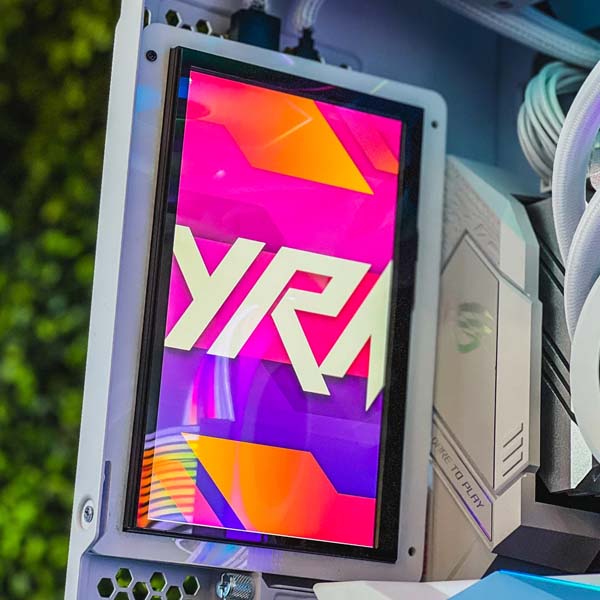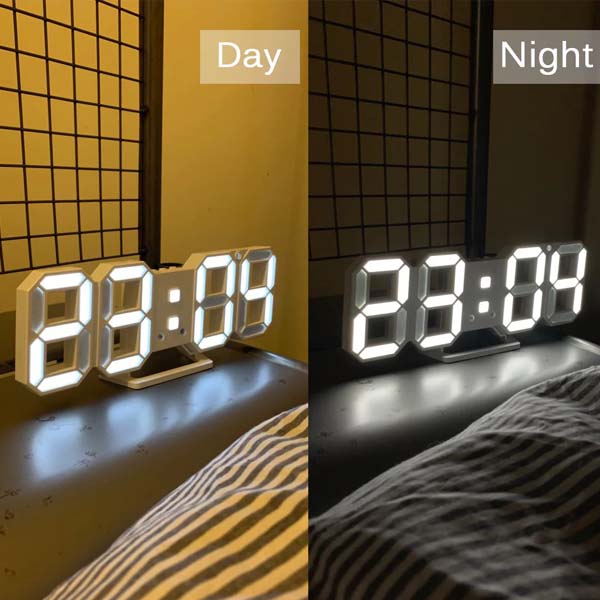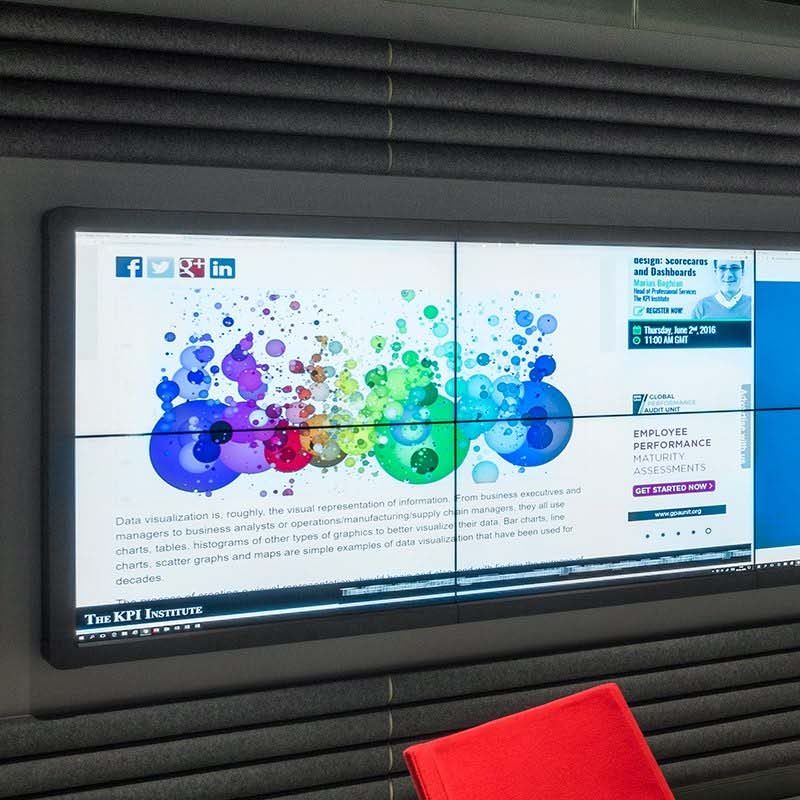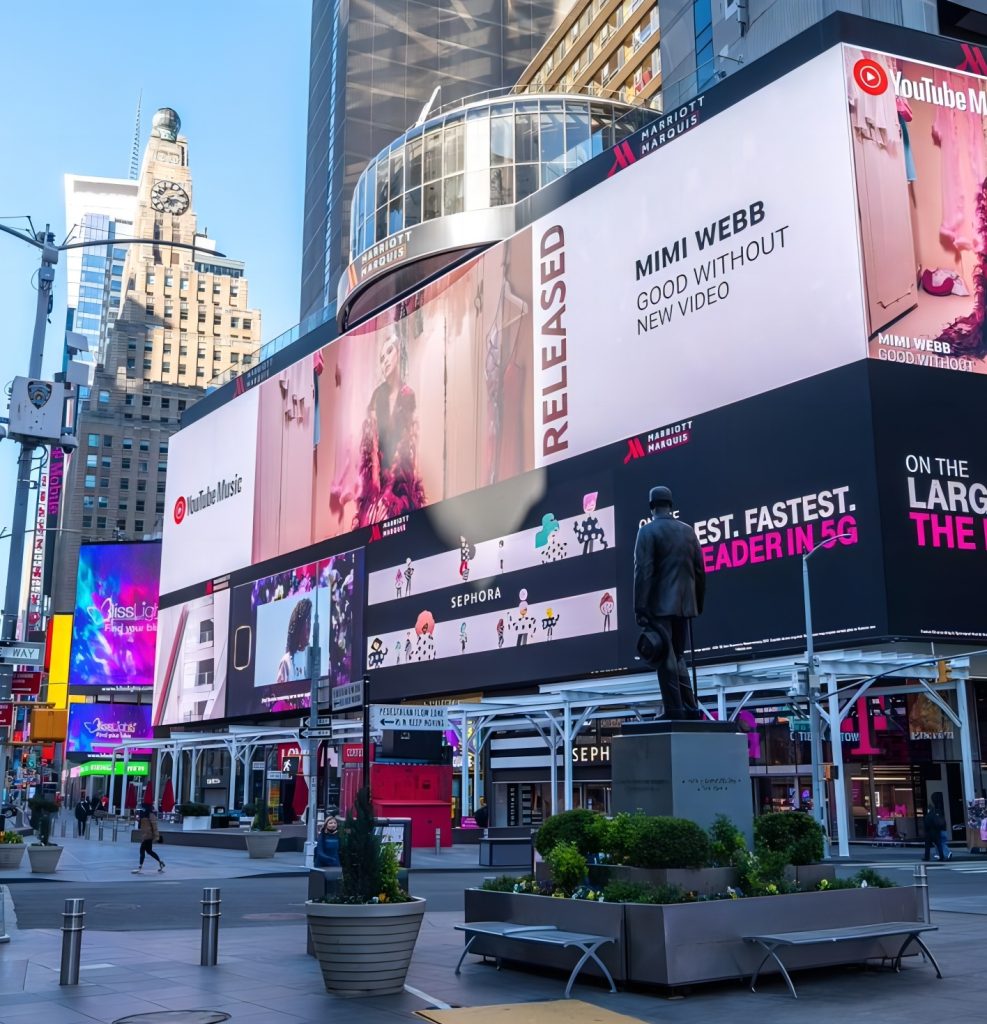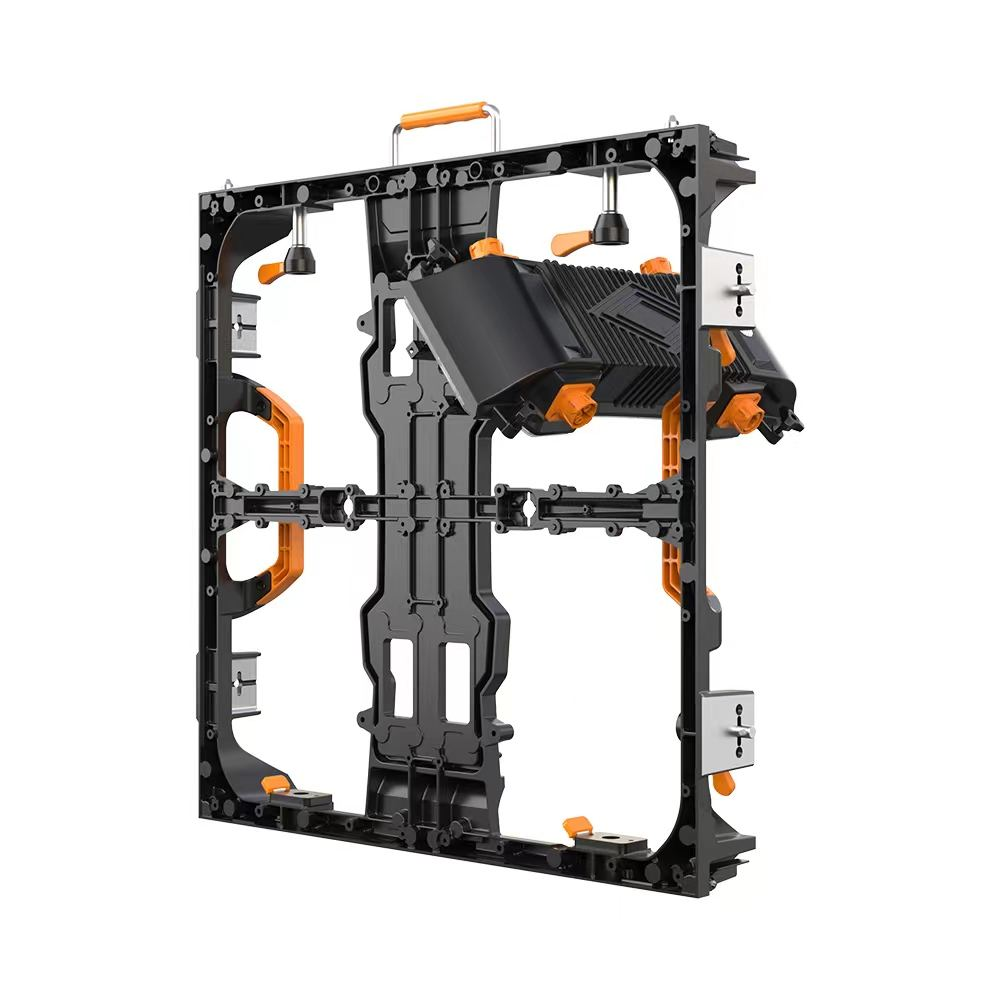Taxi LED Display: Enhancing Urban Mobility with Advanced LED Technology
In the evolving landscape of urban transportation, the integration of technology plays a pivotal role in improving efficiency, safety, and user experience. Taxi LED displays have emerged as a practical and innovative solution, transforming traditional taxi services into dynamic communication platforms. From real-time fare information and routing updates to targeted advertising and safety messaging, LED displays are revolutionizing the taxi industry worldwide.
Introduction
Taxi LED displays are high-resolution, sunlight-readable LED screens strategically installed on taxi rooftops, windows, or dashboards. These displays provide dynamic visual content, including passenger information, navigation, promotional ads, and safety alerts. Equipped with advanced LED modules engineered for high brightness and durability, these systems operate seamlessly in varying lighting conditions, particularly in bright sunlight environments.
With the rapid growth of urban populations and increasing competition among taxi service providers and ride-hailing companies, an efficient and visually engaging platform is essential for service differentiation and enhanced communication. Taxi LED displays address this demand through technological innovation, harnessing the latest advancements in LED manufacturing, control systems, and connectivity.
Technical Overview of Taxi LED Displays
High-Brightness Sunlight-Readable LEDs
One of the most critical features of taxi LED displays is their ability to remain clearly visible under intense sunlight, often exceeding 10000 nits (cd/m²) of brightness. Typical indoor LED displays operate between 800 and 1500 nits, but outdoor taxi LED systems must accommodate ambient lighting conditions that can wash out lower-brightness screens.
Technological innovations such as high-efficiency LED chips (commonly SMD — Surface-Mount Device LEDs like SMD 2121 or SMD 3535), advanced encapsulation materials (silicone or epoxy resins), and specialized optical lenses enhance light output and viewing angles. Additionally, anti-reflective coatings and high-contrast LED panels improve readability. The modules are designed with thermal management solutions including heat sinks and airflow mechanisms to maintain optimal operating temperatures, ensuring longevity especially under harsh urban environmental conditions.
Display Specifications and Engineering Considerations
- Pixel Pitch: Taxi LED displays commonly use pixel pitches ranging from 4mm to 10mm. Smaller pixel pitches provide higher resolution, making detailed information like text, icons, or images sharper, which is essential for close viewing distances in vehicular contexts.
- Durability: Enclosures must withstand vibrations, moisture, dust, and impact as per international IP65 or higher ratings, ensuring performance under varied weather and road conditions.
- Power Consumption: Efficient power design is critical to reduce battery load and overall vehicle energy consumption. LEDs are inherently energy-efficient, but advanced driver ICs (integrated circuits) and power management systems optimize performance.
- Connectivity: Modern taxi LED displays use wireless communication technologies such as 4G/5G, Wi-Fi, or dedicated short-range communication (DSRC) to receive content updates remotely in real time.
Control Systems and Software Integration
Effective LED display management requires robust control software platforms with content scheduling, dynamic updates, and integration with taxi fleet management systems. Many providers embed GPS-based systems to display location-aware content such as traffic alerts, fare updates, and nearby promotions.
Cloud-based content management enables operators to remotely control displays across multiple vehicles, ensuring uniform messaging and rapid adaptability. Moreover, real-time diagnostic tools embedded in software monitor system health, reporting faults or failures to maintenance teams before impacting operations.
Practical Applications of Taxi LED Displays
Passenger Information and Safety Messaging
Taxi LED displays provide essential information to passengers and pedestrians. This includes dynamic fare updates, estimated arrival times, accepted payment methods, and driver identification. Safety messaging such as “Fasten Seatbelt,” “Emergency Contact,” or “Nearby Police Stations” enhances passenger confidence and promotes compliance with local regulations.
Advertising and Revenue Diversification
One of the most commercially attractive aspects of taxi LED displays is their use as mobile advertising platforms. Advertisers can target demographics based on route patterns, time of day, or geographic locations. This targeted advertising generates incremental revenue for taxi operators and city authorities.
Case studies, such as the rollout of taxi LED screens in major cities like London and New York, reveal that displayed ads can yield returns ranging from 10% to 25% additional monthly income for drivers, depending on city density and vehicle utilization rates.
Navigation and Route Optimization
Taxi LED displays linked with GPS and traffic management systems provide real-time route guidance and public transit alerts. This integration facilitates quicker passenger pickups and drop-offs, reducing idle time and optimizing driver earnings while minimizing urban congestion.
Advantages of Taxi LED Displays
- Enhanced Visibility: High-brightness LED technology ensures visibility in bright daylight and at night, improving communication efficacy.
- Dynamic Content: Ability to update content in real time enables adaptive messaging for multiple purposes—advertising, safety, service information, and emergencies.
- Durability and Longevity: High IP-rated enclosures and thermal management extend product life even under continuous vibration and extreme weather.
- Revenue Potential: Advertising capabilities provide alternative income streams for taxi operators and fleet owners.
- Improved Passenger Experience: Clear fare details, safety prompts, and navigation updates contribute to positive passenger perceptions and trust.
Common Challenges and Solutions
Glare and Reflection
Managing reflections from glossy taxi surfaces is essential. Utilizing matte finishes, anti-glare films, and adaptive brightness control mitigates glare issues, a strategy supported by research from the International Commission on Illumination (CIE).
Power Management Constraints
LED systems must be energy efficient to not overly burden the taxi’s electrical system. Integration of low-consumption driver ICs and energy harvesting (solar panels in some cases) is becoming increasingly common to address this challenge.
Content Management Complexity
Effective content management across fleets requires user-friendly software platforms. Cloud-based SaaS solutions with multilingual support and API integrations simplify this process, enabling real-time updates with minimal technical expertise.
Latest Trends and Innovations
Integration with Smart City Infrastructure
Taxi LED displays are evolving from isolated devices to networked components within smart city environments. Integration with traffic management systems, emergency services, and urban data platforms enables city-wide information dissemination and coordinated response mechanisms.
AI and Data Analytics
Artificial intelligence algorithms analyze passenger flow, traffic patterns, and advertising effectiveness, allowing customized content offerings that improve service efficiency and commercial outcomes.
Augmented Reality (AR) and Interactive Displays
Cutting-edge taxi LED displays are experimenting with AR features where passengers or pedestrians can interact via smartphones or gesture recognition, creating immersive advertising and information experiences.
Industry Standards and Compliance
Taxi LED display systems comply with a range of international standards to ensure safety, reliability, and interoperability. Notable standards include:
- IP65 or higher enclosure certification: Ensures dust and water ingress protection as specified by IEC 60529.
- EMC Compliance: Adherence to electromagnetic compatibility standards (FCC Part 15, CE marking) to avoid interference with vehicle electronics.
- ISO 20653: Road vehicles — Degrees of protection (IP code) for electrical equipment.
- Safety Guidelines: Recommendations by the National Institute for Occupational Safety and Health (NIOSH) for visual ergonomics and brightness levels to prevent driver distraction.
Case Studies
London Taxi LED Implementation
In London, a fleet-wide rollout of taxi LED rooftop displays was implemented to modernize communication with passengers and enhance advertising potential. The displays operate with peak brightness of approximately 8000 nits, featuring overlays with real-time weather, traffic alerts, and contactless payment information. The initiative led to a reported 18% increase in revenue per taxi from advertising alone over two years.
New York City Smart Taxi Initiative
New York City incorporated intelligent taxi LED displays integrated with city’s traffic management system. The LED units provide emergency alerts during adverse conditions, such as snowstorms and traffic accidents, while offering targeted ad content based on neighborhood demographics. Operators noted improved passenger satisfaction ratings and better compliance with safety advisories.
Conclusion
Taxi LED displays represent a convergence of advanced LED technology, smart software integration, and urban mobility innovation. By providing high-brightness, durable, and dynamic communication platforms, these displays not only enhance passenger experiences but also offer multiple operational and commercial benefits to taxi operators and city authorities.
As smart city initiatives expand and urban populations grow, the role of taxi LED displays will become increasingly significant. They offer vehicles a multifaceted communication interface that drives safety, efficiency, and revenue diversification. Through adherence to industry standards, robust engineering, and creative content strategies, taxi LED displays are positioned to redefine urban transportation communication.
For stakeholders in the taxi industry, urban planners, and technology providers, investing in state-of-the-art taxi LED display solutions is a forward-looking strategy aligned with the future of smart mobility.
References
- International Commission on Illumination (CIE) reports on Daylight and LED Display Visibility
- IEC 60529: Degrees of protection provided by enclosures (IP Code)
- ISO 20653: Road vehicles – Degrees of protection (IP Code)
- FCC Part 15 – Radio Frequency Devices Compliance Guidelines
- “Advanced LED Technology for Outdoor Displays”, Journal of Display Technology, IEEE, 2022
- Case Study: London Taxi Advertising Innovations, Transport for London Report, 2021
- “Effective Lighting Solutions for Urban Mobility”, Smart Cities Journal, 2023
- Wikipedia contributors, “LED display,” Wikipedia, The Free Encyclopedia, https://en.wikipedia.org/wiki/LED_display
- Recent Google Patents and Industry Whitepapers on Taxi LED Applications

